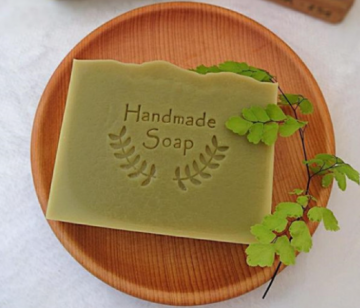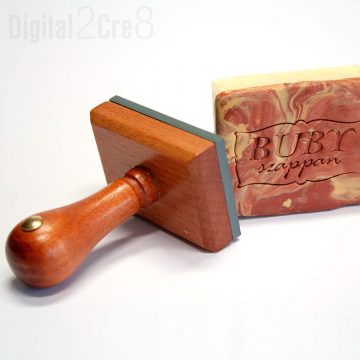1. Saponification: Saponification is the chemical reaction between fats/oils and an alkali (usually lye) to produce soap and glycerin. The process involves breaking down the triglyceride molecules present in fats and oils into fatty acids and glycerol.
2. Fats/Oils: Fats and oils are composed of molecules called triglycerides, which consist of three fatty acids linked to a glycerol molecule. Different fats and oils have varying fatty acid profiles, leading to variations in soap properties such as hardness, lather, and moisturizing qualities.
3. Lye (Sodium Hydroxide): Lye is a strong alkaline substance that plays a crucial role in saponification. It reacts with the fatty acids in the fats/oils to create soap molecules and glycerin. However, lye is caustic and requires careful handling.
4. Soap Molecules: Soap molecules have a unique structure that makes them effective cleansers. They have a hydrophilic (water-attracting) “head” and a hydrophobic (water-repelling) “tail.” This structure allows soap to interact with both water and oils, enabling the removal of dirt and oils from surfaces.
5. Glycerin: Glycerin is a natural byproduct of the saponification process. It is a humectant, meaning it attracts moisture to the skin, contributing to the moisturizing properties of soap.
6. Water Content: Water is essential for the saponification process to occur. The water content needs to be accurately measured to ensure proper chemical reactions.
7. Types of Soap-Making:
- Cold Process: Mixing fats/oils with lye at room temperature, allowing the mixture to naturally saponify and solidify over time.
- Hot Process: Heating the soap mixture after saponification to speed up the process and produce a different texture.
- Melt and Pour: Using pre-made soap bases that have already undergone saponification, melting them, adding additives, and molding them into shapes.
8. Additives: Various additives can be incorporated into soap for fragrance, color, texture, and additional benefits. These include essential oils, fragrance oils, colorants, exfoliants, clays, and more.
9. Curing: Curing is the process of allowing the soap to rest and mature after molding. During curing, excess water evaporates, and the soap hardens, improving its longevity and quality.
10. Safety Precautions: Soap-making involves working with lye, which is caustic. Proper safety gear, like gloves and goggles, should be worn, and soap-making should be done in a well-ventilated area.
Understanding these basic principles of soap science will help you create handmade soaps with the desired properties, whether you’re aiming for cleansing effectiveness, moisturizing qualities, or aesthetic appeal.








